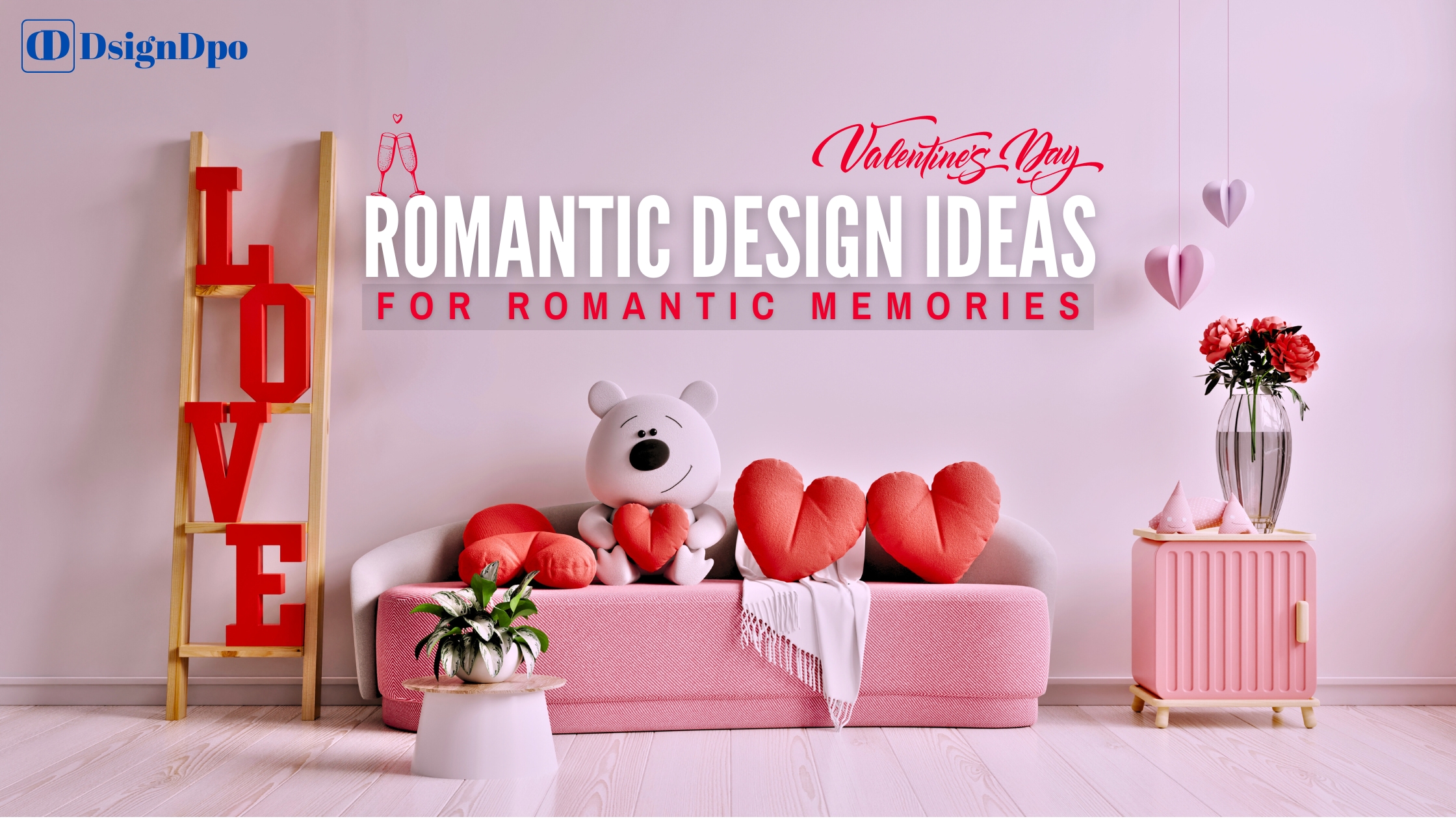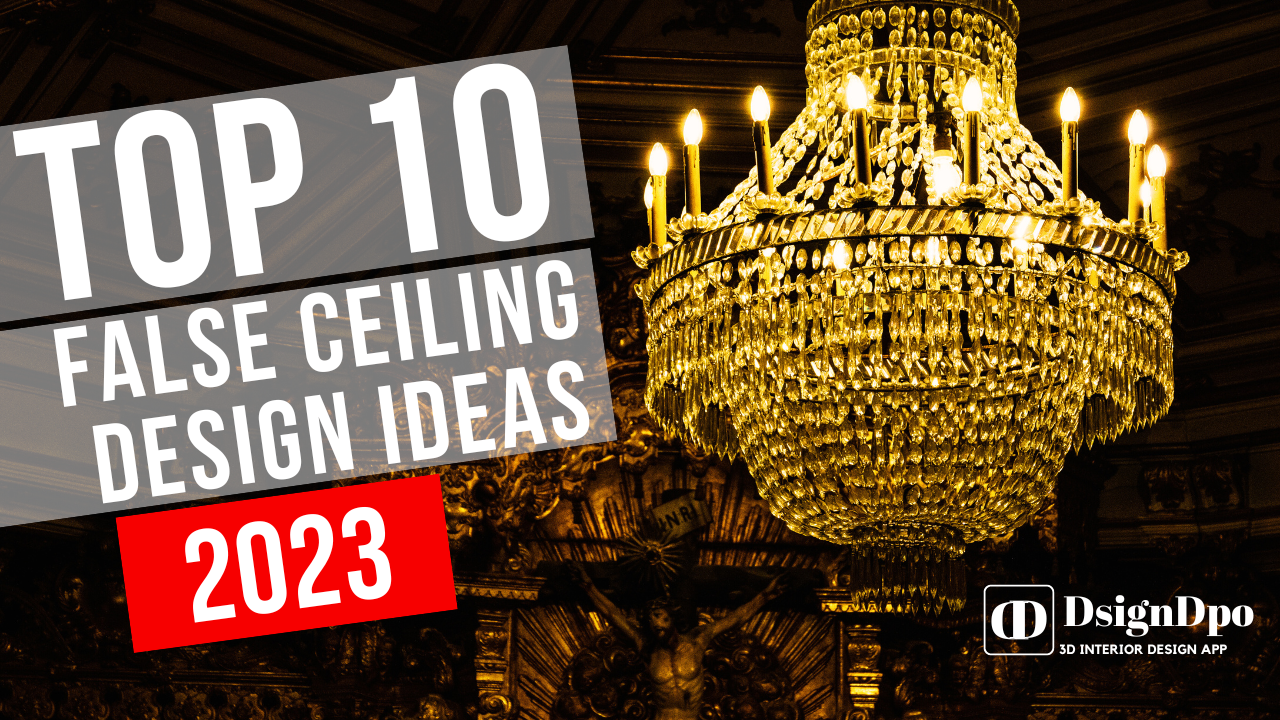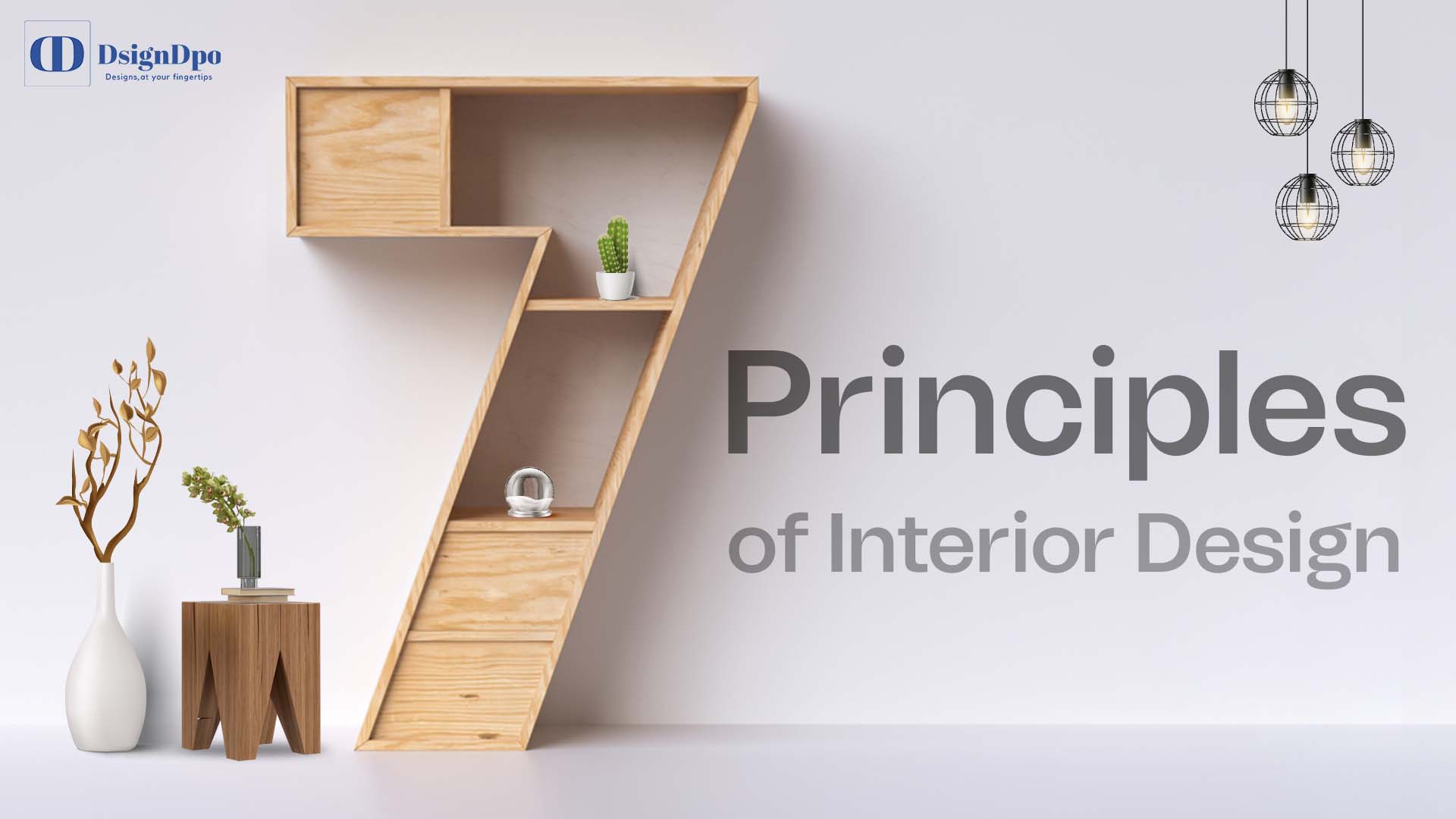
What Are The 7 Interior Design Principles?
Knowledge of the seven interior design principles can give people the skill to transform spaces. Interior designers are aware of these principles, but it is equally important for people to understand them.
Having an awareness of interior design basics can widen general ideas about interiors. People can then share these ideas with their designers. Knowing the basics would help people probe the interior work at their place.
Also, incorporating these things together would make the place more practical and beautiful. So let’s see what these basic principles of interior design are in this comprehensive article.
1. Balance
Professional designers give importance to every element of interior design. While designing a space, unevenly distributed elements can spoil the whole space.
Light, pattern, texture, color, and lines should be in equal balance to create perfect harmony in place. This principle of interior design comes with practice and skills.
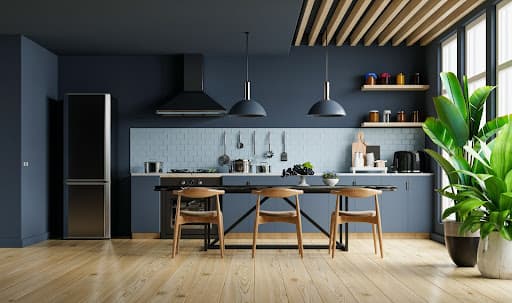
There are three sub-types of balance. These are radial, asymmetrical, and symmetrical balance. These principles are most basics for interior design.
Radial balance
The surrounding must balance the circular objects in space. For example, a round center table and sofa or chairs around them. The objects should match the symmetry of the circular object.
Asymmetrical
In this type, no proper arrangement is done to make the things look symmetrical. Moreover, designers have to arrange objects to make the place more appealing. This design is often called informal interior design.
Symmetrical
This part covers balancing out the two objects placed opposite each other. Like placing one sofa in front of another sofa.
Also read: Full History of Interior Design With Timeline (From Egyptian to Victorian Era)
2. Unity
Mixing up various elements may disrupt the harmony of the place. So instead, keep things matching. Combining elements that go well with each other creates unity in space.
The human mind is designed to understand simple things better. Unity can appease our minds better.
You can use one color in the room, and all the colors of all the objects in the room must match each other. Therefore, out of seven interior designing principles, unity is essential.
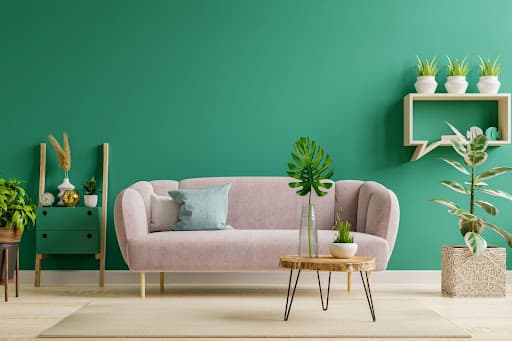
3. Rhythm
Among many other principles of interior design, rhythm is the most important. Repeating elements like color, shape, texture, and lighting can be termed rhythm.
It is about creating euphony in interior design. These are of three types, namely repetition, transition, and progression. Let’s learn a bit about them.
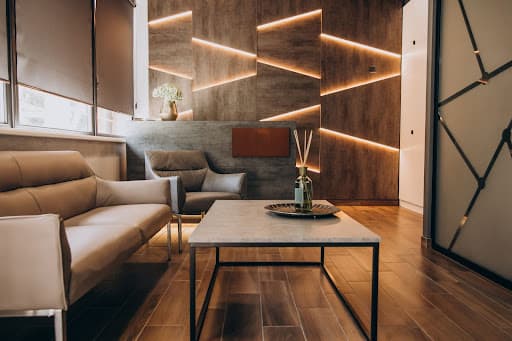
Repetition
Repeating any elements in a possible way to make things look more harmonious and systematic, pleasing to the eyes. Yet, doing it in access can create disturbing visuals in the room.
Transition
Transition makes the place more visually appealing. Some objects might differ in shape and design. Designers arrange these objects to create a warm appearance.
Progression
Using similar-looking objects with varied dimensions and measurements.
Also Read: 10 Types of Flooring in India: Which One is Right For Your Home?
4. Scale and Proportion
The names of these things very well explain the terms. Scale and proportion refer to the size of objects placed in space.
Think about keeping huge chairs along a tiny center table. Keeping them together makes no sense. So the size of objects in the room must match with each other and the room’s height.
To avoid such mistakes, designers must know basic interior design principles.
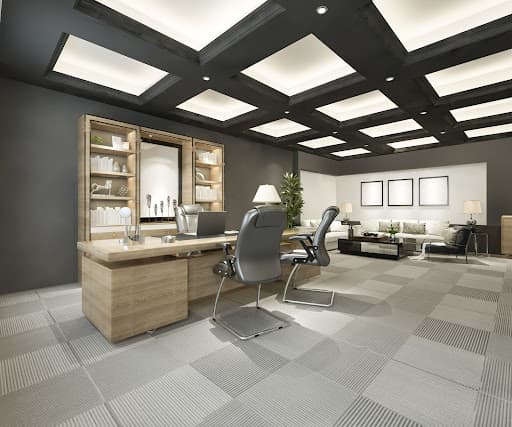
5. Contrast
The term refers to two opposite elements that are used together. It can be color, texture, light, or pattern. Designers can use contrast in any of these elements to give a good look to a place.
To make walls and furniture appealing, we can create contrast by using dark and light shades on walls. Also, designers can use contrast while deciding on the shape and size of structures.
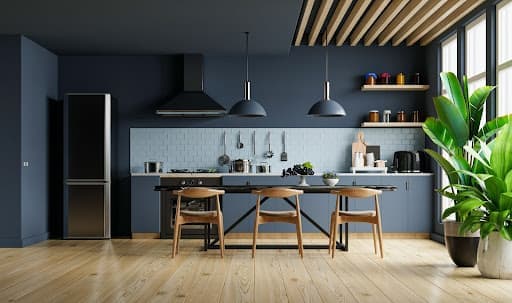
Also Read: What is Standard Living Room Size in India?
6. Details
Having proper knowledge about details helps us understand the principles of interior designing. Small things matter the most.
People have used details since historical times to decorate the place. For example, the door found in the Indus Valley archeological sights was hand carved. The Mongolian rugs have small fibre pluffs over them.
As per the definition, interior designing is an art, and every artist is a master in detailing. These small descriptions of the designs can bring out a huge difference.
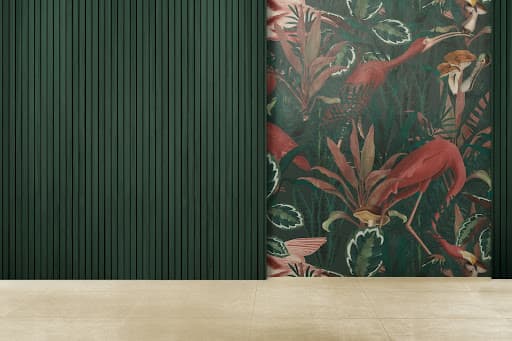
Let us understand the details by three examples:
- The clay carving over the pots is a perfect description of word detailing. But, the pot itself has no value with the detailings.
- The designs and cutting over the wooden furniture make it more attractive.
- The patterns over the ceiling POP make it look good.
7. Emphasis
The emphasis is another interior design basic principle. We all are aware of the term emphasis. A big painting in a room will attract all the attention. According to this principle, every space should have a center of attraction.
Wall color, a big painting, a big wall clock on a white wall, and big television can be used as a center of attraction.
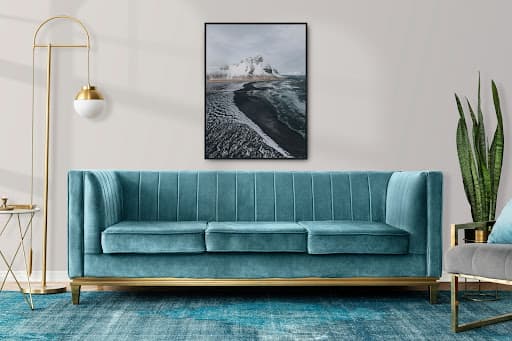
Also Read: Full Guide to Minimalist Interior Design
Conclusion
We have thoroughly understood the 7 interior design principles and basics. These principles are the basis for every interior design. Doing justice with these principles can change the look of any place. We hope you apply them while creating a space for you. However, we recommend you contact a professional interior designer to plan your home interiors.
